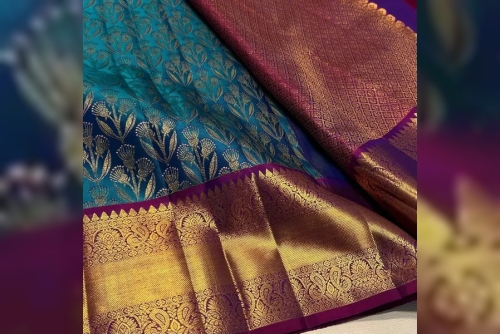Working with 410 stainless steel round bars requires attention to detail and adherence to specific techniques to achieve optimal results. Here are some essential tips for machining and handling 410 stainless steel:
Proper Tool Selection:
Choose cutting tools designed for machining 410 stainless steel round bar. Carbide tools are commonly recommended for their durability and heat resistance. Ensure tools are sharp and in good condition to minimize friction and heat generation during machining.
Optimal Cutting Speeds and Feeds:
Maintain appropriate cutting speeds and feeds to prevent overheating and work hardening. High-speed machining can generate excess heat, affecting the material's machinability. Refer to manufacturer recommendations and machining guides for specific parameters.
Coolant Usage:
Implement an efficient coolant system to control heat generated during machining. Coolants help dissipate heat, improve chip evacuation, and extend tool life. Consider water-soluble or oil-based coolants, depending on your machining setup.
Preheat and Post-Weld Heat Treatment:
When welding 410 stainless steel round bars, preheating is essential to reduce the risk of cracking. Maintain a suitable interpass temperature during welding. Also, post-weld heat treatment may be necessary to restore mechanical properties and alleviate stress.
Control Heat Input:
Minimize heat input during machining to prevent work hardening. Excessive heat can lead to increased tool wear and reduced machinability. Consider intermittent machining and allow the material to cool between passes.
Avoid Cold Forming:
410 stainless steel is not ideally suited for cold-forming processes due to its martensitic structure. Cold working can result in increased hardness and reduced flexibility. Hot forming or annealing may be preferred for shaping operations.
Annealing for Machinability:
If enhanced machinability is required, consider annealing the 410 stainless steel. Annealing softens the material, making it easier to machine. After annealing, perform any necessary heat treatments to restore desired mechanical properties.
Optimize Tool Paths:
Plan tool paths to minimize vibration and chatter during machining. Stable toolpaths enhance surface finish and dimensional accuracy. Consider climb milling to reduce cutting forces and achieve smoother finishes.
Chip Control:
Proper chip control is crucial for successful machining. Use chip breakers and ensure that chips are effectively evacuated from the cutting zone. This helps prevent a built-up edge on the cutting tool.
Welding Considerations:
When welding 410 stainless steel, use low heat input and maintain interpass temperatures to avoid rapid cooling and potential cracking. Employ proper welding techniques, such as back purging, to minimize oxidation and ensure high-quality welds.
Post-Machining Treatments:
Consider post-machining treatments, such as passivation, to enhance the corrosion resistance of the finished components. Passivation removes free iron and contaminants from the surface, promoting the formation of a protective oxide layer.
Quality Assurance:
Implement stringent quality control measures during machining and welding processes. Regularly inspect tools, monitor machining parameters, and conduct non-destructive testing to ensure the integrity of the final product.
By following these tips, manufacturers can optimize the machining process for 410 stainless steel round bars, ensuring the finished components' efficiency, precision, and longevity. Each step, from tool selection to post-machining treatments, contributes to the overall success of working with this versatile stainless steel grade.












